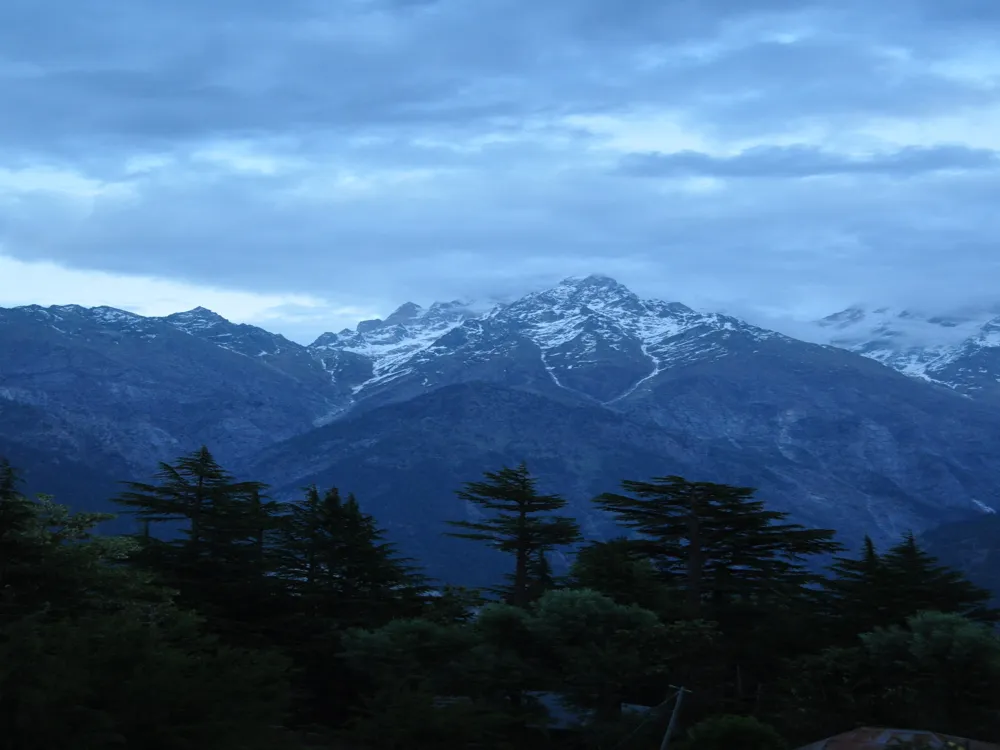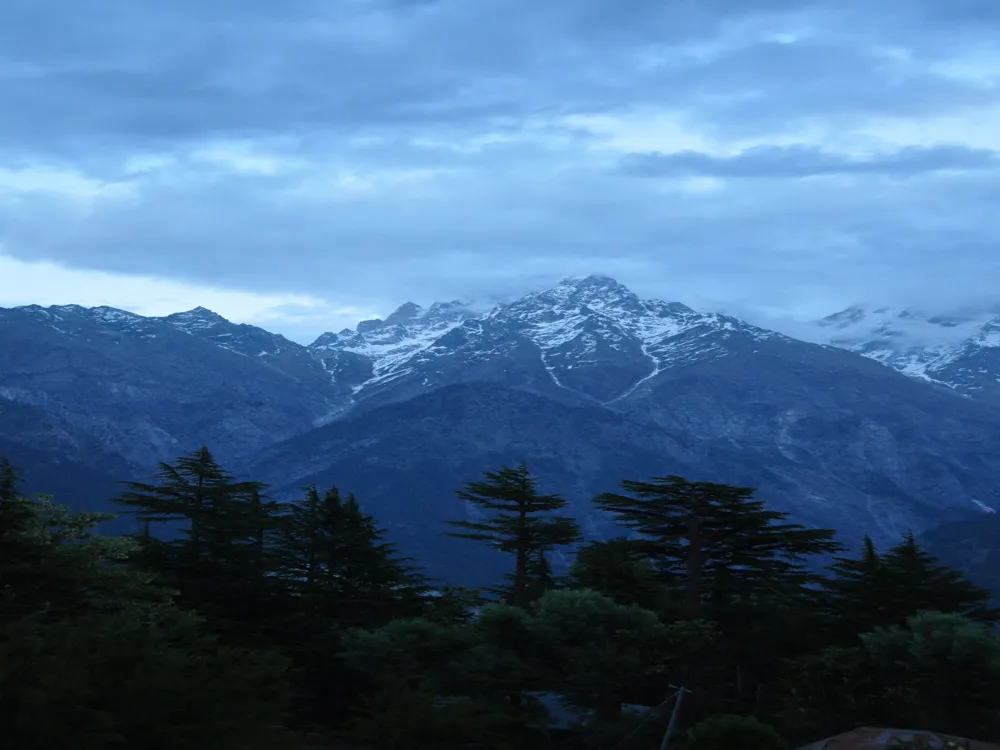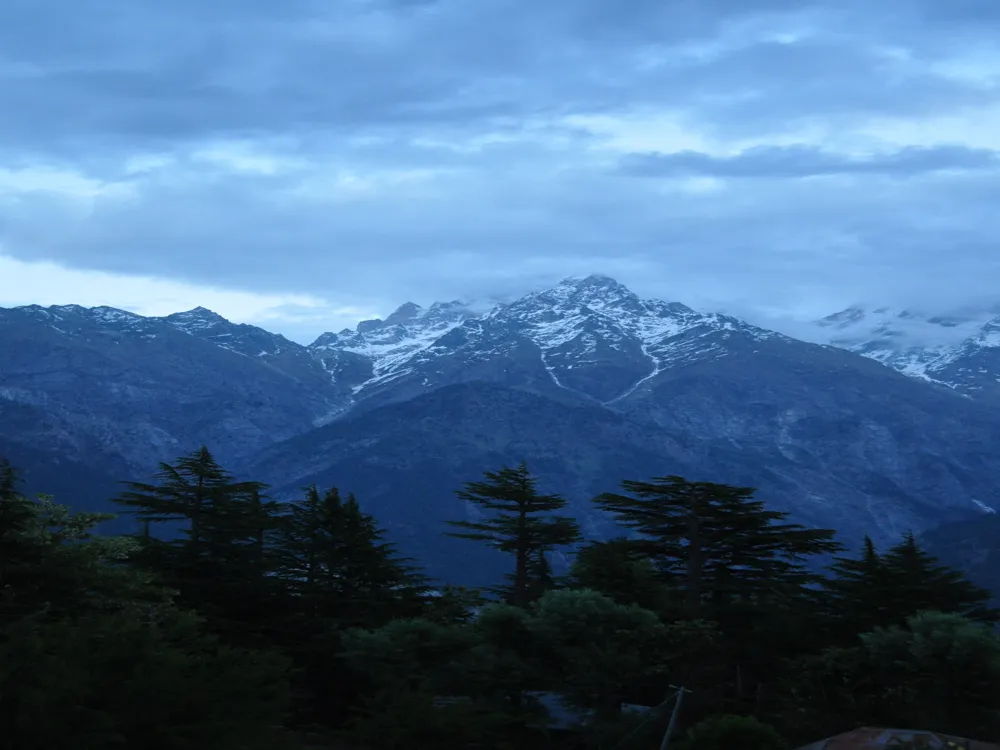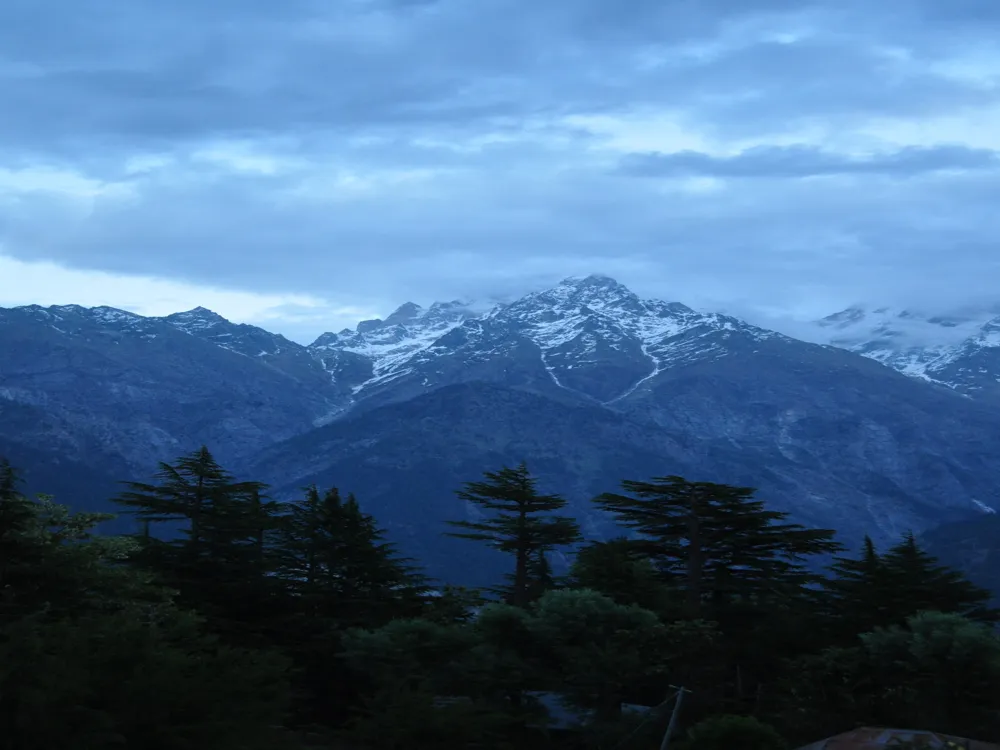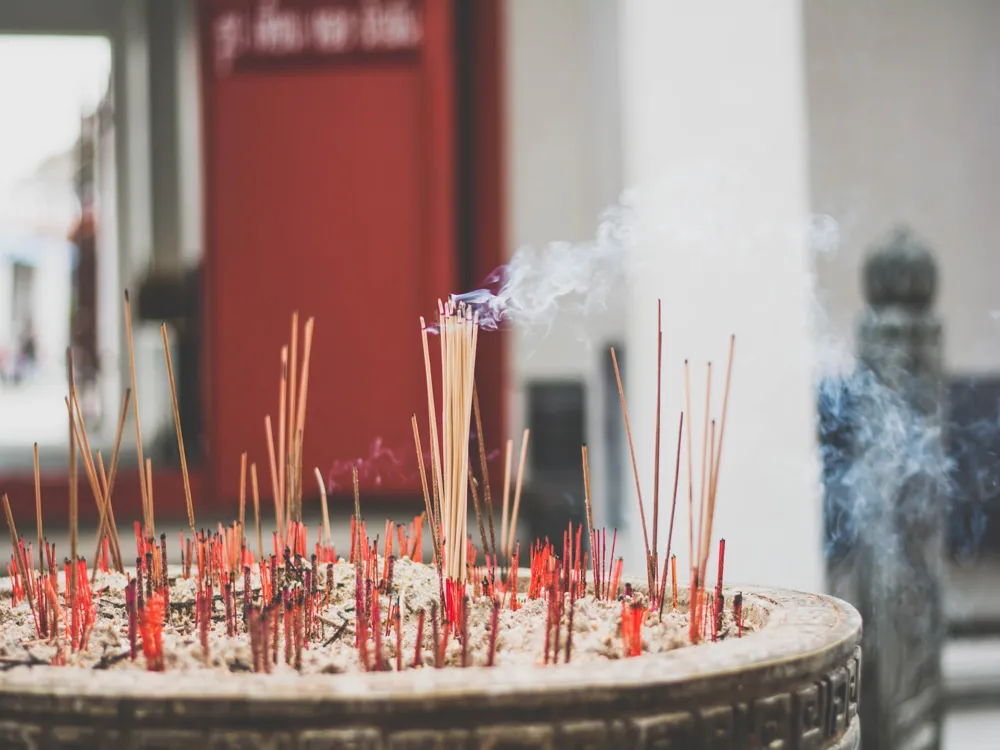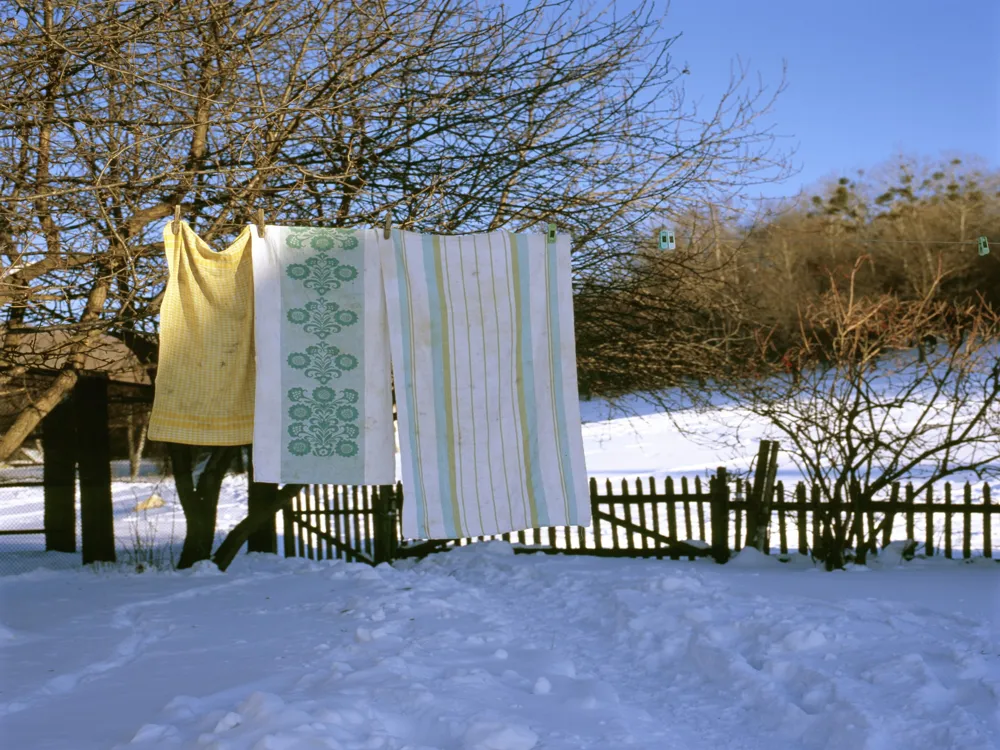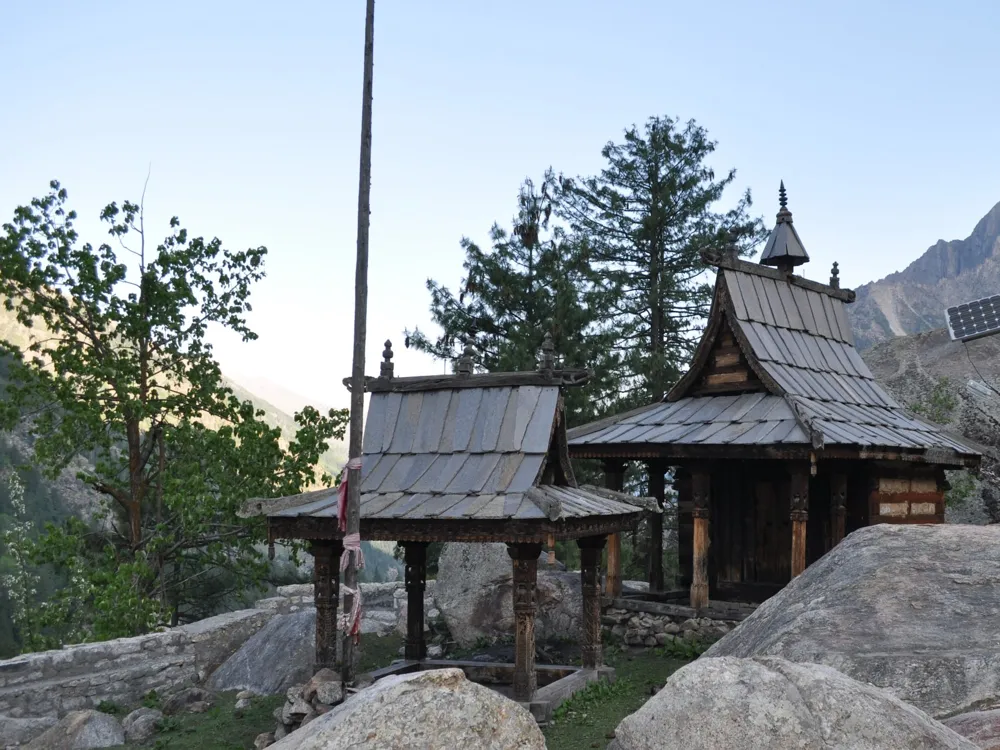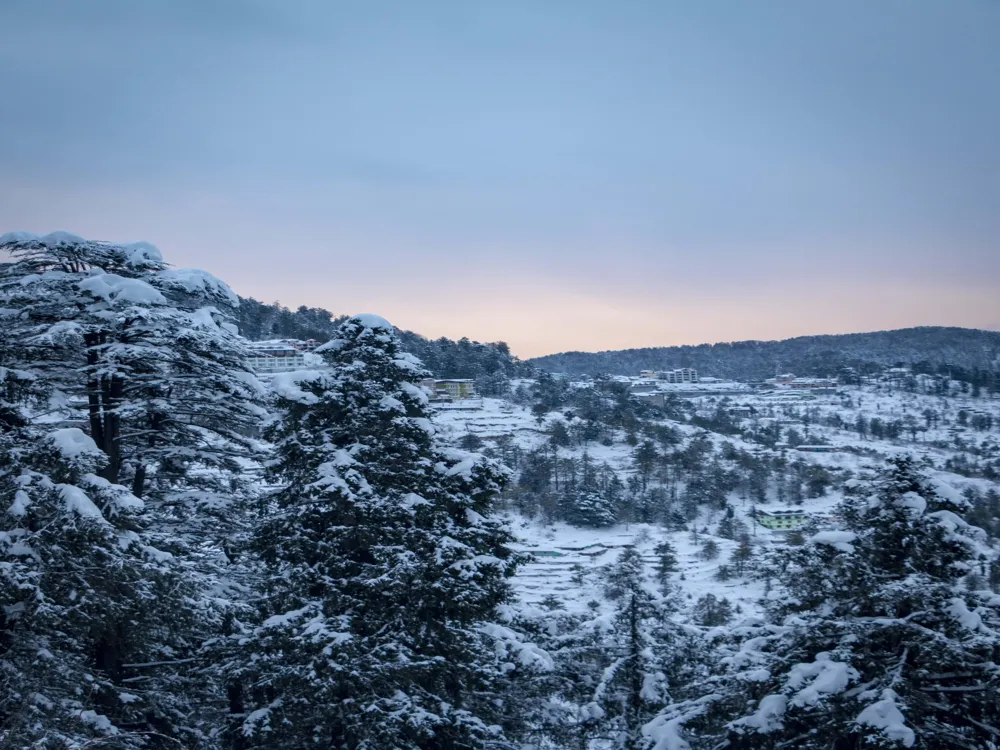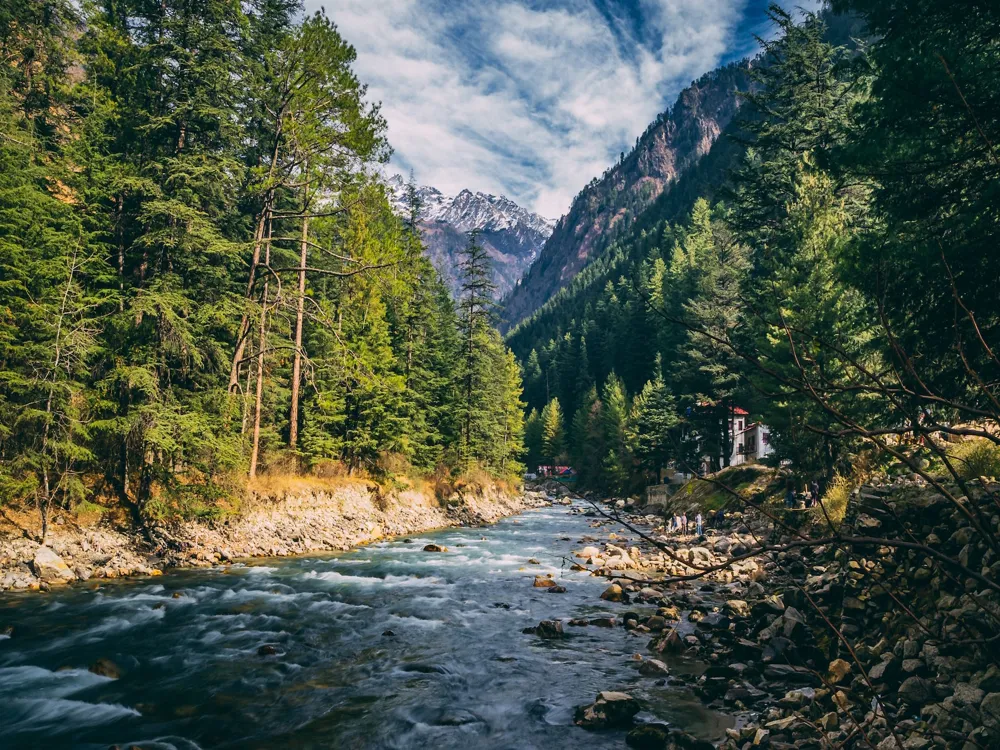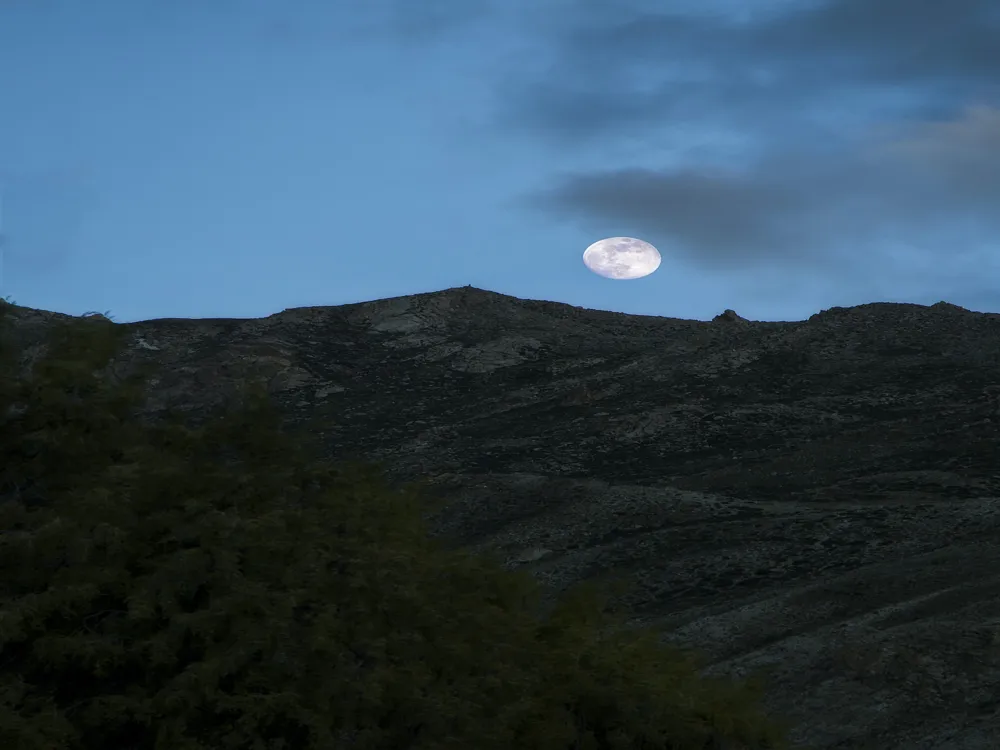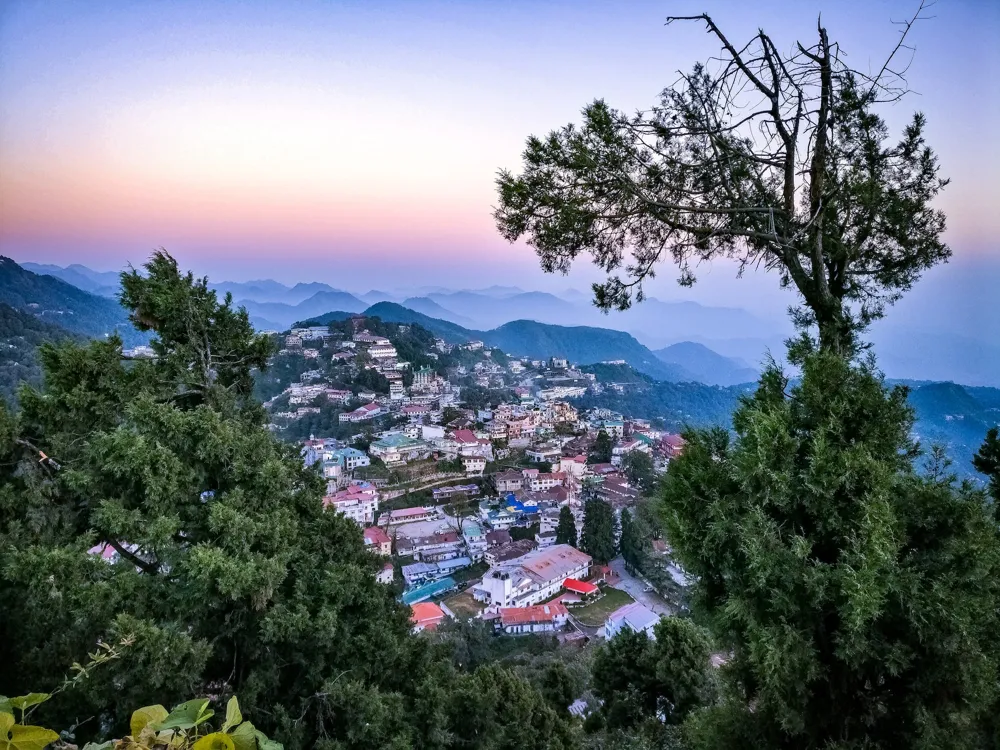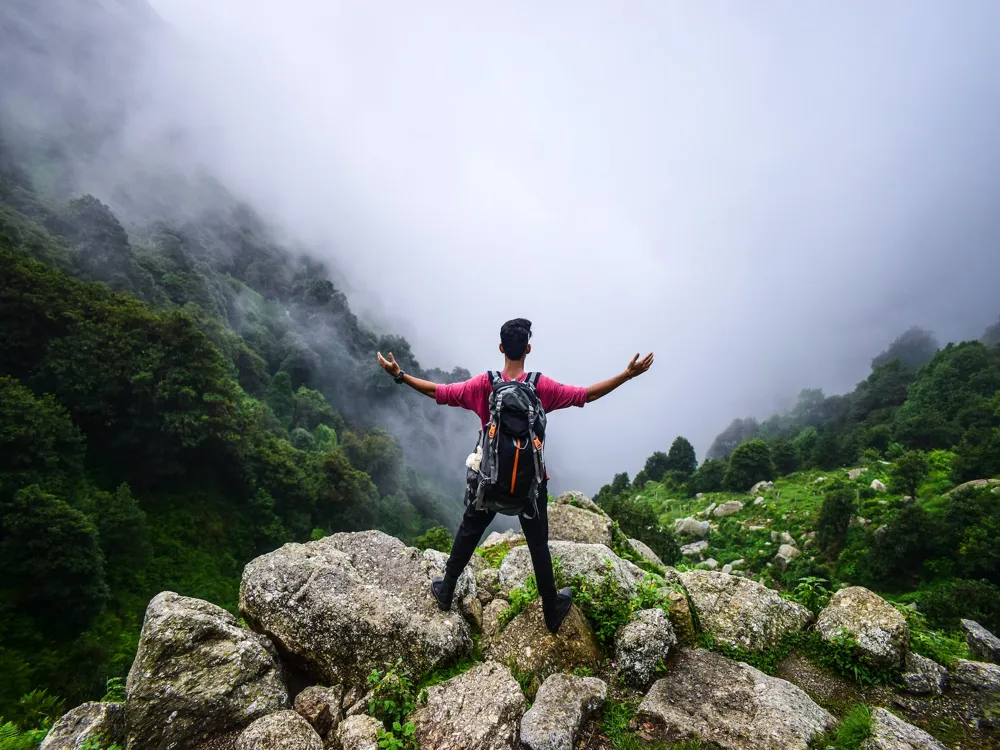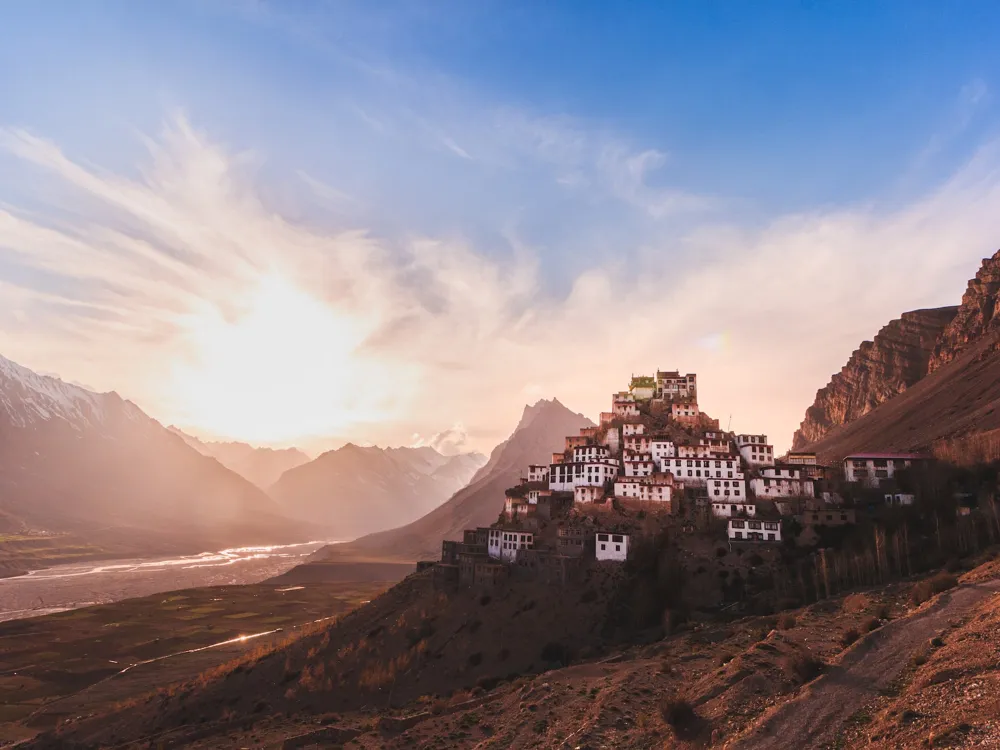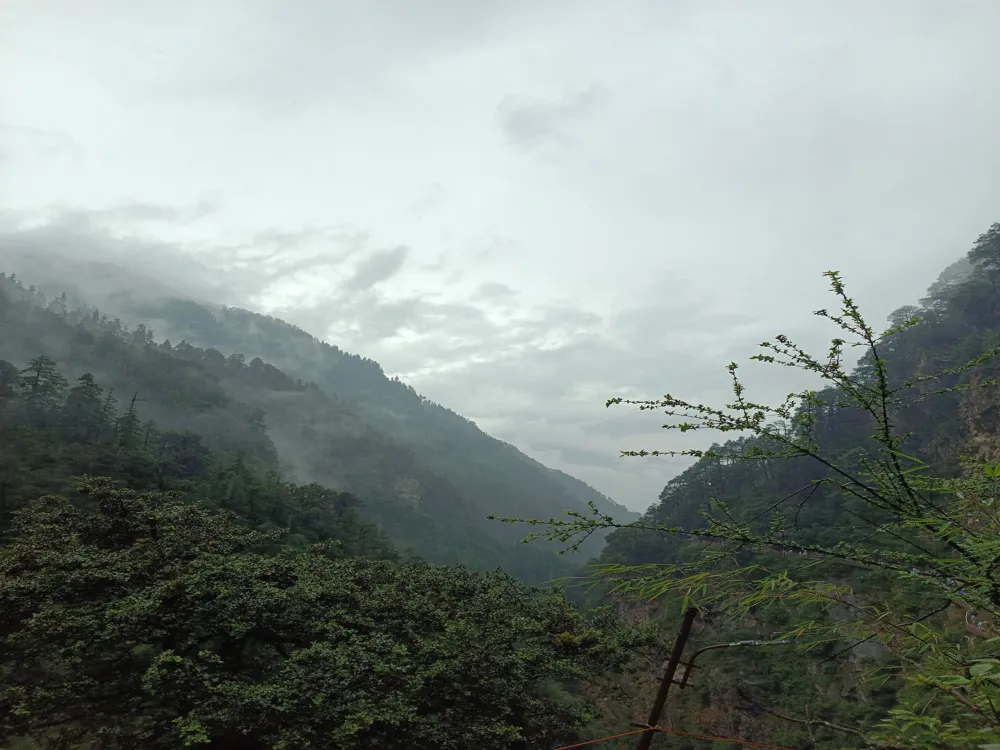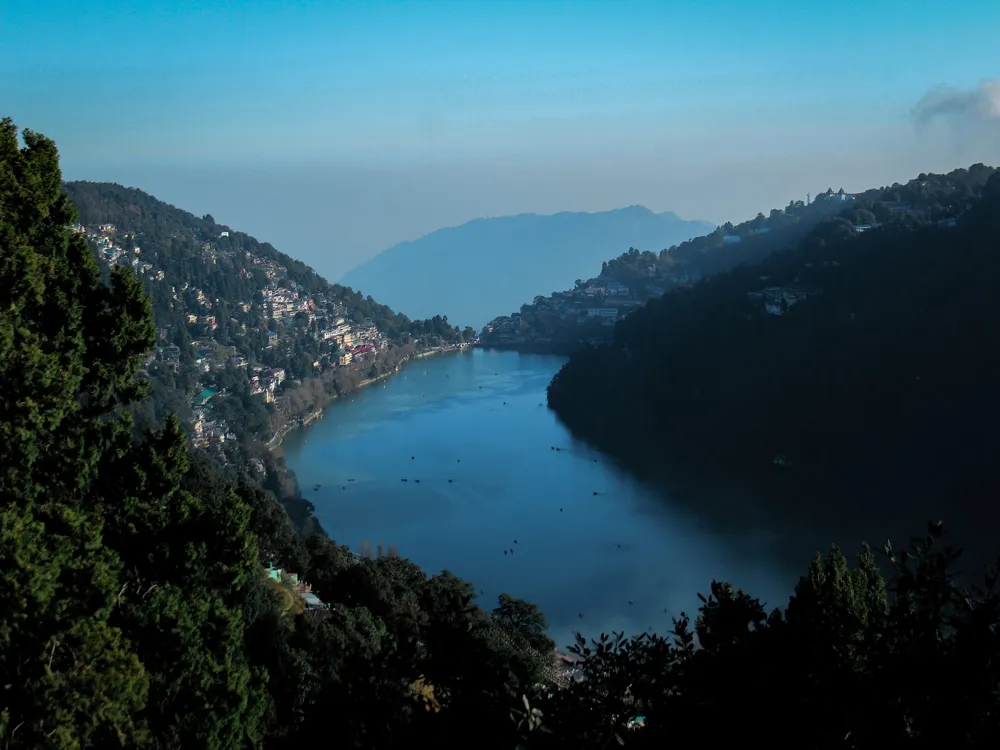Nestled in the serene landscape of Kalpa in Himachal Pradesh, the Hu-Bu-Lan-Kar Monastery stands as a testament to the rich cultural and spiritual heritage of the region. This ancient Buddhist monastery, believed to be one of the oldest in India, is a significant landmark not just for its religious importance but also for its historical value. The monastery is said to have been founded by the great Tibetan Buddhist master, Rinchen Zangpo, in the 10th century, making it a site of immense religious significance for Buddhists and a focal point for scholars and historians alike. The Hu-Bu-Lan-Kar Monastery is renowned for its picturesque setting amidst the Himalayas, offering breathtaking views of the surrounding mountains and valleys. The serene environment of Kalpa, combined with the spiritual aura of the monastery, creates a tranquil retreat for visitors seeking peace and contemplation. The region's natural beauty, characterized by apple orchards, lush green landscapes, and the majestic Kinner Kailash range in the backdrop, adds to the monastery's allure, making it a popular destination for tourists and pilgrims. Over the centuries, the monastery has played a pivotal role in the spread of Buddhism in the region. It has been a center for learning and spiritual practices, attracting monks and spiritual seekers from various parts of the Himalayas. The monastery's rich collection of ancient scriptures, thangkas (Tibetan Buddhist paintings), and other religious artifacts are a treasure trove for those interested in Buddhist philosophy and art. The Hu-Bu-Lan-Kar Monastery is not just a place of worship but a living museum, preserving the legacy of Buddhist teachings and Himalayan culture. The significance of the Hu-Bu-Lan-Kar Monastery extends beyond its religious aspects. It is a symbol of the harmonious coexistence of different cultures and communities in the region. The monastery has been a unifying force, bringing together people from various backgrounds and promoting a sense of community and togetherness. It stands as a beacon of peace and spirituality, attracting visitors from all walks of life who are drawn to its tranquil ambiance and the sense of calm it imparts. In recent years, the Hu-Bu-Lan-Kar Monastery has gained attention for its efforts in preserving the environment and promoting sustainable practices. The monastery's initiatives in eco-friendly practices and conservation of the local flora and fauna have set an example for environmental stewardship. This aspect of the monastery's work has added a new dimension to its appeal, attracting eco-conscious travelers and nature enthusiasts who are interested in exploring sustainable tourism options. The architecture of the Hu-Bu-Lan-Kar Monastery is a splendid example of Tibetan Buddhist design, reflecting a unique blend of Indian, Tibetan, and Himalayan architectural elements. The monastery's structure is characterized by its stark white walls, which stand out against the backdrop of the green valleys and snow-capped mountains. The building is adorned with vibrant murals and intricate carvings that depict various Buddhist deities and motifs, showcasing the skilled craftsmanship of the local artisans. One of the most striking features of the Hu-Bu-Lan-Kar Monastery is its main prayer hall, known as the Dukhang. The Dukhang is the heart of the monastery, where monks and devotees gather for prayer and meditation. The hall is magnificently decorated with thangkas, statues of Buddha and Bodhisattvas, and exquisite frescoes that narrate stories from Buddhist scriptures. The vibrant colors and detailed artwork create an atmosphere of reverence and spirituality, inviting visitors to immerse themselves in the tranquility of Buddhist teachings. The monastery's design also incorporates several stupas and chortens, which are religious structures that hold great significance in Buddhism. These stupas are beautifully crafted, with intricate designs and symbols that represent various aspects of the Buddhist path to enlightenment. The presence of these structures within the monastery complex adds to the spiritual ambiance and provides a deeper insight into Buddhist rituals and symbolism. Another notable aspect of the Hu-Bu-Lan-Kar Monastery's architecture is its integration with the natural surroundings. The monastery is built in harmony with the landscape, ensuring minimal disruption to the environment. This eco-sensitive approach to architecture is reflective of the Buddhist principles of living in harmony with nature and respecting all forms of life. The use of local materials in the construction of the monastery further emphasizes the connection with the region and its cultural heritage. The architecture of the Hu-Bu-Lan-Kar Monastery is not only a visual delight but also serves as a medium for storytelling and preservation of Buddhist teachings. The walls of the monastery are adorned with murals and paintings that depict various episodes from the life of Buddha and other important figures in Buddhist history. These artworks serve as a visual narrative, educating visitors about the principles of Buddhism and its rich history. The use of art and architecture as tools for storytelling is a distinctive feature of the monastery, making it a place of both spiritual significance and cultural education. When visiting the Hu-Bu-Lan-Kar Monastery, it is essential to respect the local customs and traditions. This includes dressing modestly, removing shoes before entering the prayer areas, and maintaining silence within the monastery premises. Visitors should also be mindful of the cultural sensitivities and avoid any actions that may be considered disrespectful. The best time to visit the Hu-Bu-Lan-Kar Monastery is from April to October when the weather is pleasant, and the roads are accessible. During this period, the region experiences mild temperatures and clear skies, offering stunning views of the Himalayas and the surrounding landscape. Photography may be restricted in certain areas of the monastery, especially inside the prayer halls and near sacred artifacts. It is advisable to seek permission from the monastery authorities before taking photographs. Visitors should also be sensitive to the privacy of the monks and other individuals within the monastery. Visitors have the opportunity to participate in various monastery activities, such as prayer sessions, meditation classes, and cultural programs. Engaging in these activities can provide a deeper understanding of Buddhist practices and enhance the overall experience of the visit. Exploring the local cuisine and staying in nearby guesthouses or homestays can enrich the travel experience. The region offers a variety of traditional Himachali dishes, and staying with local families provides an authentic insight into the lifestyle and culture of the people in Kalpa. Reaching the Hu-Bu-Lan-Kar Monastery involves a combination of road and possible trekking. The nearest airport is in Shimla, from where one can hire a taxi or take a bus to Kalpa. The journey offers scenic views of the Himalayas and passes through various towns and villages, providing a glimpse into the local culture and lifestyle. For those seeking adventure, trekking routes to the monastery are also available, offering an immersive experience of the natural beauty of the region. Read More:Overview of Hu-Bu-Lan-Kar Monastery in Kalpa, Himachal Pradesh
Architecture of Hu-Bu-Lan-Kar Monastery
Tips When Visiting Hu-Bu-Lan-Kar Monastery
Respect Local Customs and Traditions
Best Time to Visit
Photography Guidelines
Participate in Monastery Activities
Local Cuisine and Accommodation
How To Reach Hu-Bu-Lan-Kar Monastery
Hu-Bu-Lan-Kar monastery
Kalpa
Himachal Pradesh
₹ 15,999 onwards
View kalpa Packages
Kalpa Travel Packages
View All Packages For Kalpa
Top Hotel Collections for Kalpa

Private Pool

Luxury Hotels

5-Star Hotels

Pet Friendly
Top Hotels Near Kalpa
Other Top Ranking Places In Kalpa
View All Places To Visit In kalpa
View kalpa Packages
Kalpa Travel Packages
View All Packages For Kalpa
Top Hotel Collections for Kalpa

Private Pool

Luxury Hotels

5-Star Hotels

Pet Friendly







